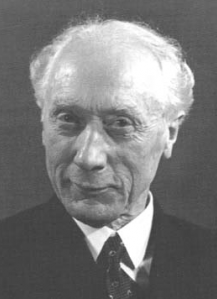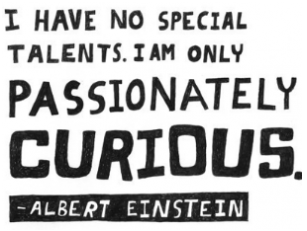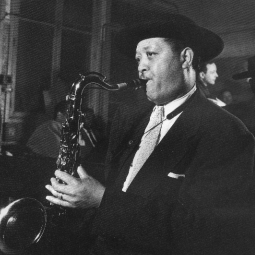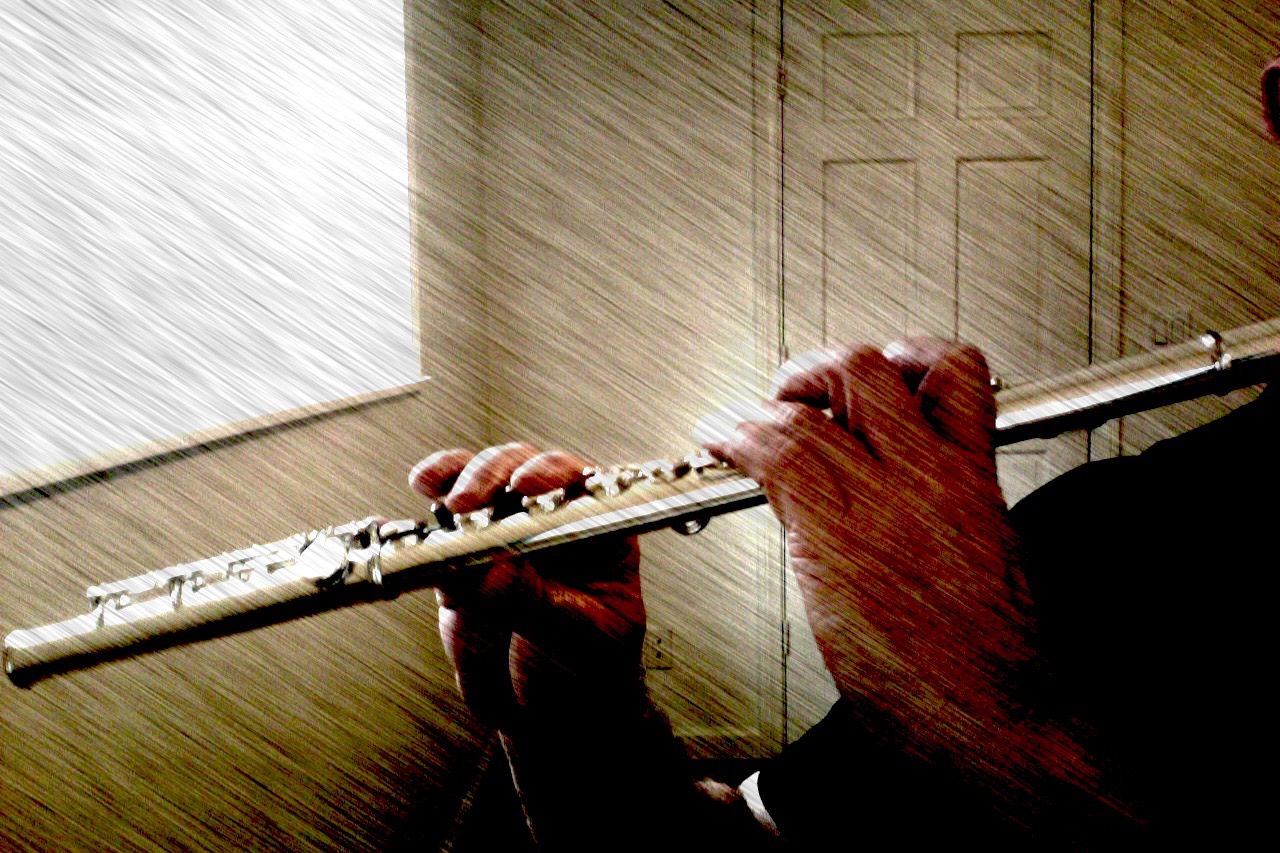“Trying is only emphasizing the thing we already know.”
F.M. Alexander
Musicians often struggle with their technique because they misdirect their energy. Put simply, they don’t always organize their efforts in the most constructive possible way as they play. Too much tension here, not enough there. Over using one part of their bodies, while not engaging another adequately. This ultimately manifests itself as a roadblock in their technical development, limiting improvement.
The reasons for this can be many, but mostly come down to these three things:
- Erroneous misconceptions-Misunderstanding (or ignorance) of your anatomical structure and functioning can lead you blindly into doing the wrong thing. The same for not understanding the acoustic principles that govern your instrument (voice, too!) and how your anatomical structure and functioning impact (or interact with) these principles.
- Faulty sensory awareness-In the simplest sense, you’re often not doing what you think you’re doing. For example, you might be stiffening your head, neck and shoulders as you play (significantly interfering with the use of your hands), even though it doesn’t feel at all like you are. (In fact, it might feel to you that you’re “relaxed”.)
- Force of habit-When your habit is influenced by numbers 1 and 2 above, you develop very prominent (yet ultimately counterproductive, even harmful) habits. All your efforts in playing become guided by these habits.
If these above obstacles are not dealt with, frustration eventually sets in. And when that happens, you might do what many musicians do in order to break through the barrier: try harder. Seems obvious, doesn’t it?
But does trying harder help? Well, if trying harder means (as quoted by Alexander, above) that you are “only emphasizing” the thing you already know, then, I can tell you from personal experience (both as teacher and performer) that it doesn’t.
As a very wise person once said, “If you keep on doing what you’ve always done, you’ll always get what you’ve always gotten.”
Instead of trying harder, you need to simply proceed differently. A shift in your thinking about the problem has to occur. You have to go from the “known to the unknown”, as Alexander would say. You have to start becoming what I call “constructively curious”.
Instead of trying, you have to start asking questions. Then you can implement a strategy for change. Here are some guidelines to help you:
- Start by stopping-If you’ve tried some technically difficult passage 53 times in a row with no success or improvement, don’t try it a 54th time. It’s only going to make things worse. Instead, stop what your doing so that something different can happen. Then, use the procedures below.
- Identify the problemI-Once you’ve stopped, you can take some time to analyze what the problem is. Try to understand clearly what has to happen (both acoustically/mechanically, and with your physical structure) to become successful in your attempts. The more you understand about how your body functions best (an Alexander Technique teacher can really help here) and the acoustic principles of your instrument, the more constructively you can think. Take time to educate yourself. You’ll never look at that as time wasted. Never.
- Observe yourself to find the cause of the problem-Once you become clearer about what has to happen in yourself to get the best results musically, notice your habits. Especially notice the tension in your head, neck, shoulders and back. Notice your breathing. See if you can make the connection between what has to happen to get the best results, and the habits you might have that interfere with these results. (Again, you can be significantly helped with this by a skilled Alexander Technique teacher).
- Consciously prevent yourself from going into your habit-Once you’re clear about your habits, you can make a conscious decision to prevent those that interfere with your ability to play your best.
- Shift your emphasis-To change, it is most important that you do something differently. (Actually, it’s most important that you stop doing your habit.) Therefore, you should shift your emphasis from “playing the passage up to tempo”, for example, to “playing the passage without my habit”. Every time you play without your habit, you weaken the habit, and free yourself. When this happens, you’re on the road to improvement.
So what do you notice about yourself regarding your practice? Where do you get stuck? If you shift your aim from trying, to asking (with a healthy dose of stopping to help it all along), you’ll find something excitingly different. And perhaps you’ll discover for yourself the most constructive method to address your own technical challenges with your instrument. Consistent improvement will follow.
F. M Alexander was in good company as far as this is concerned. I’ll leave you with this quote by Albert Einstein:
“No problem can be solved from the same level of consciousness that created it.”
Let me know what you think.




